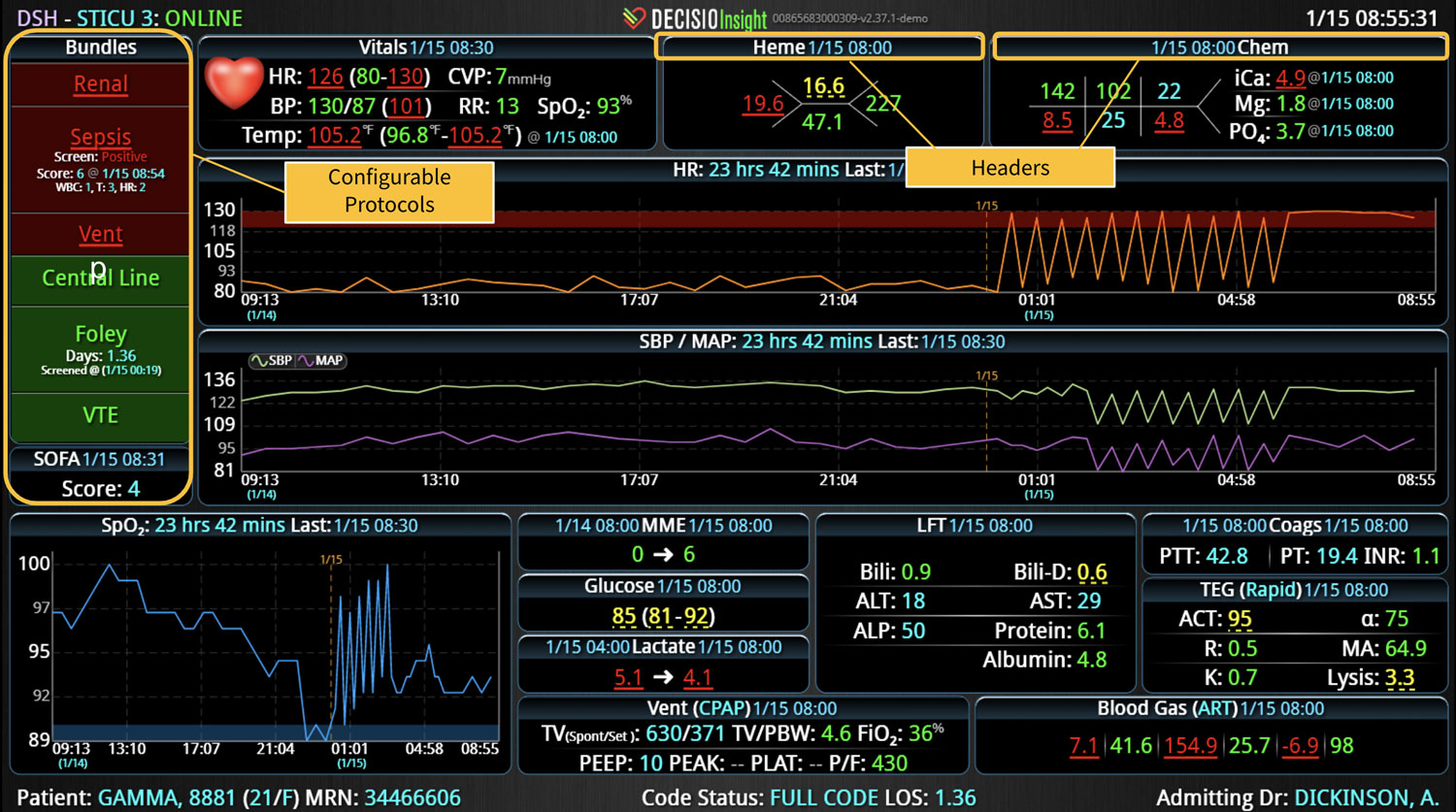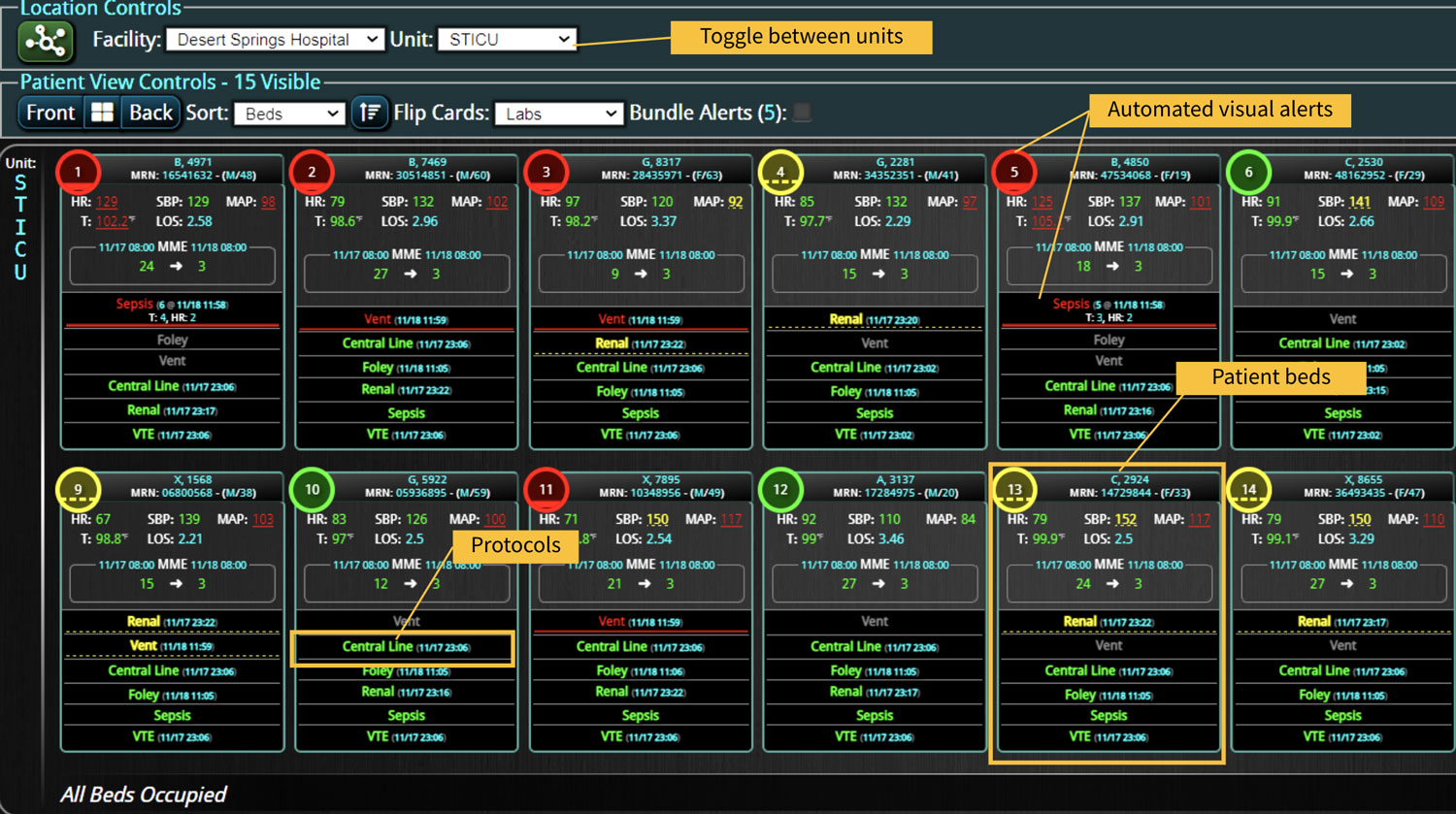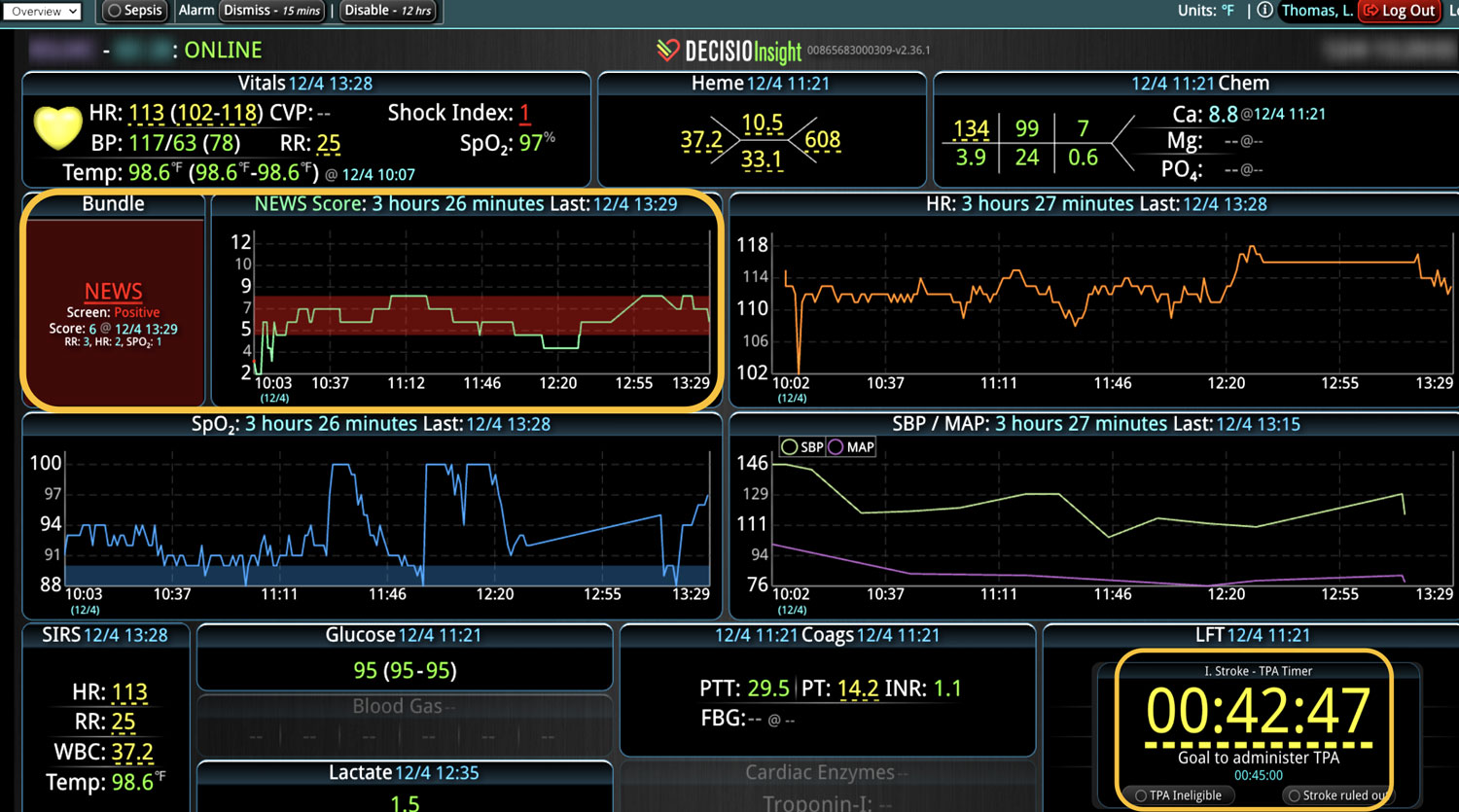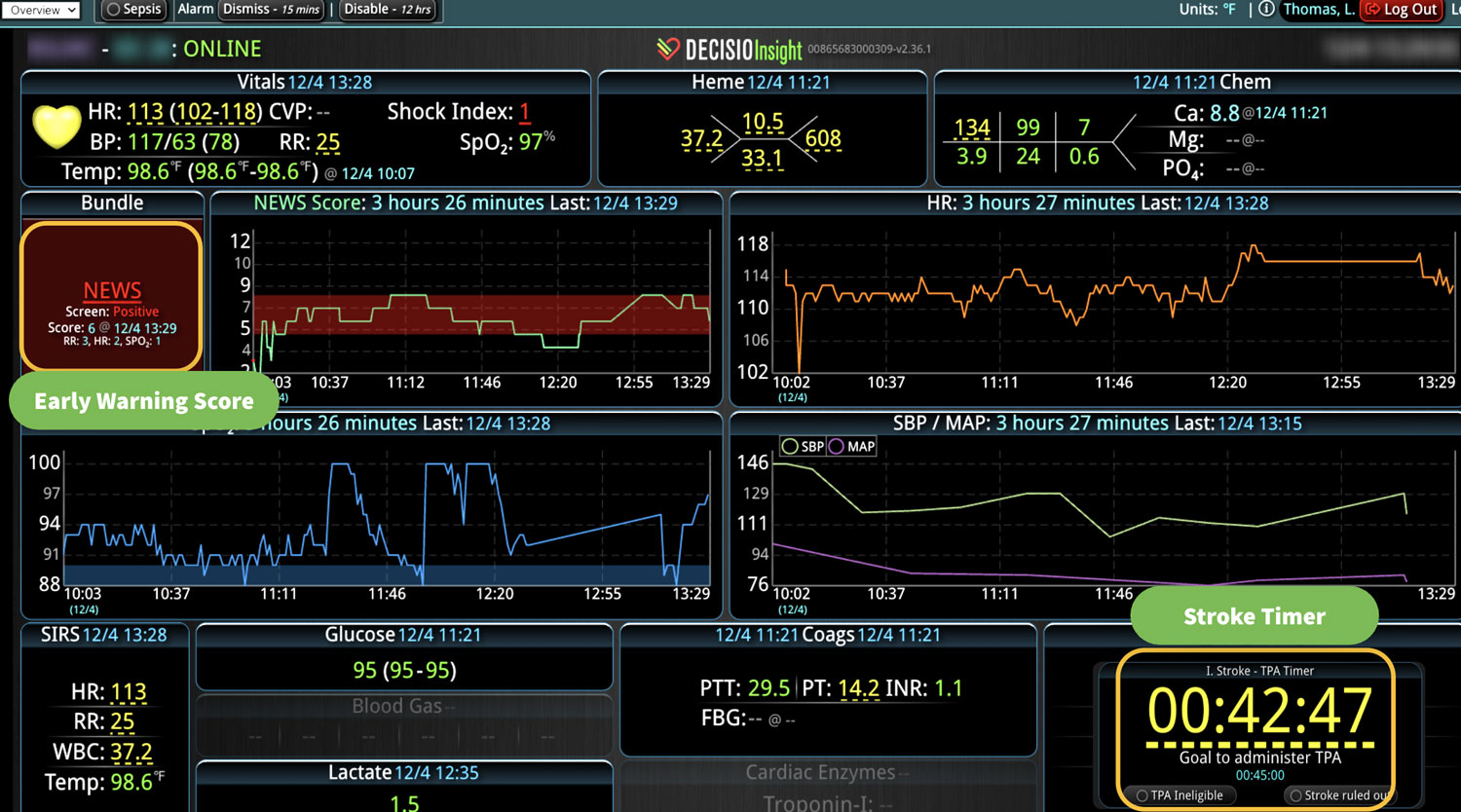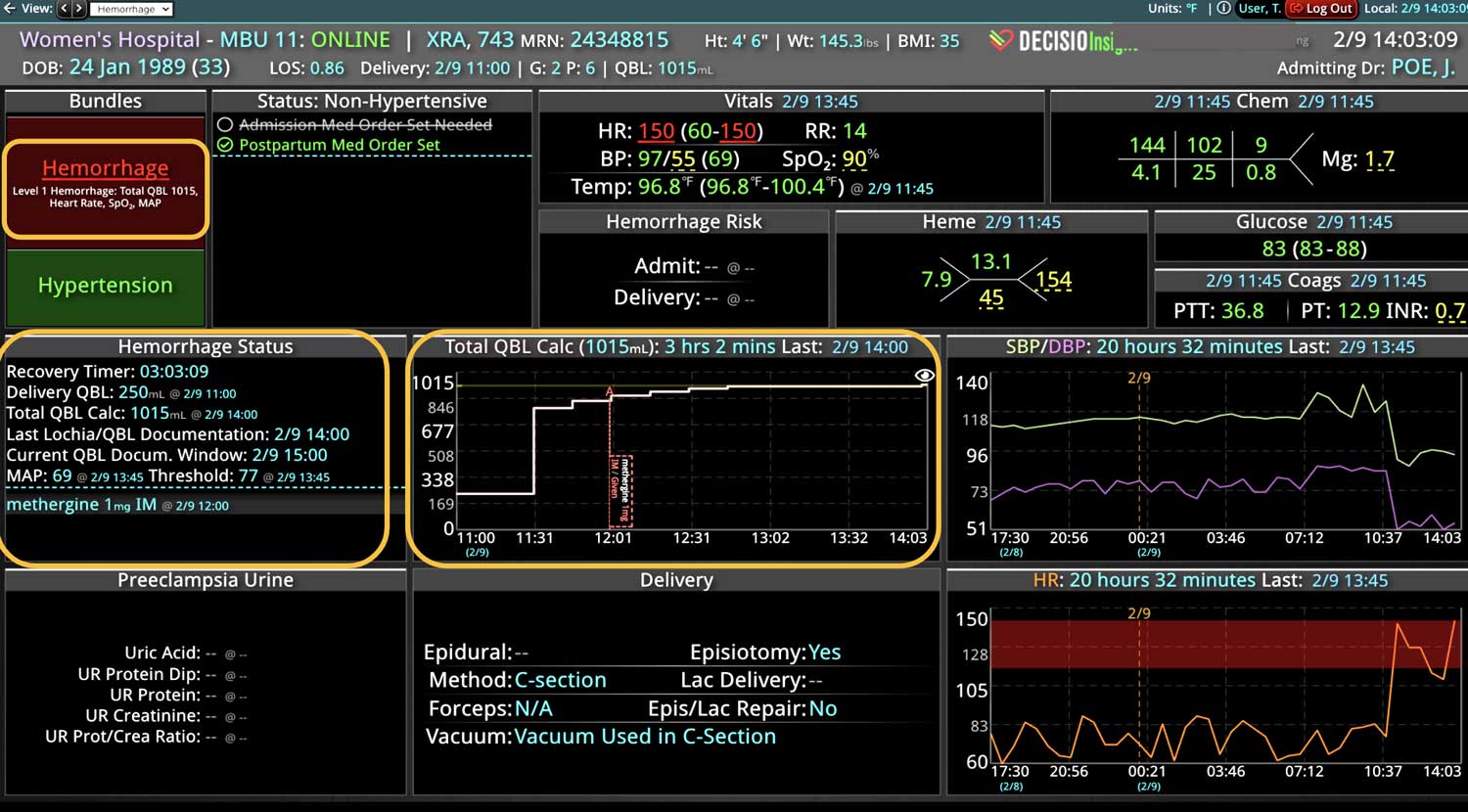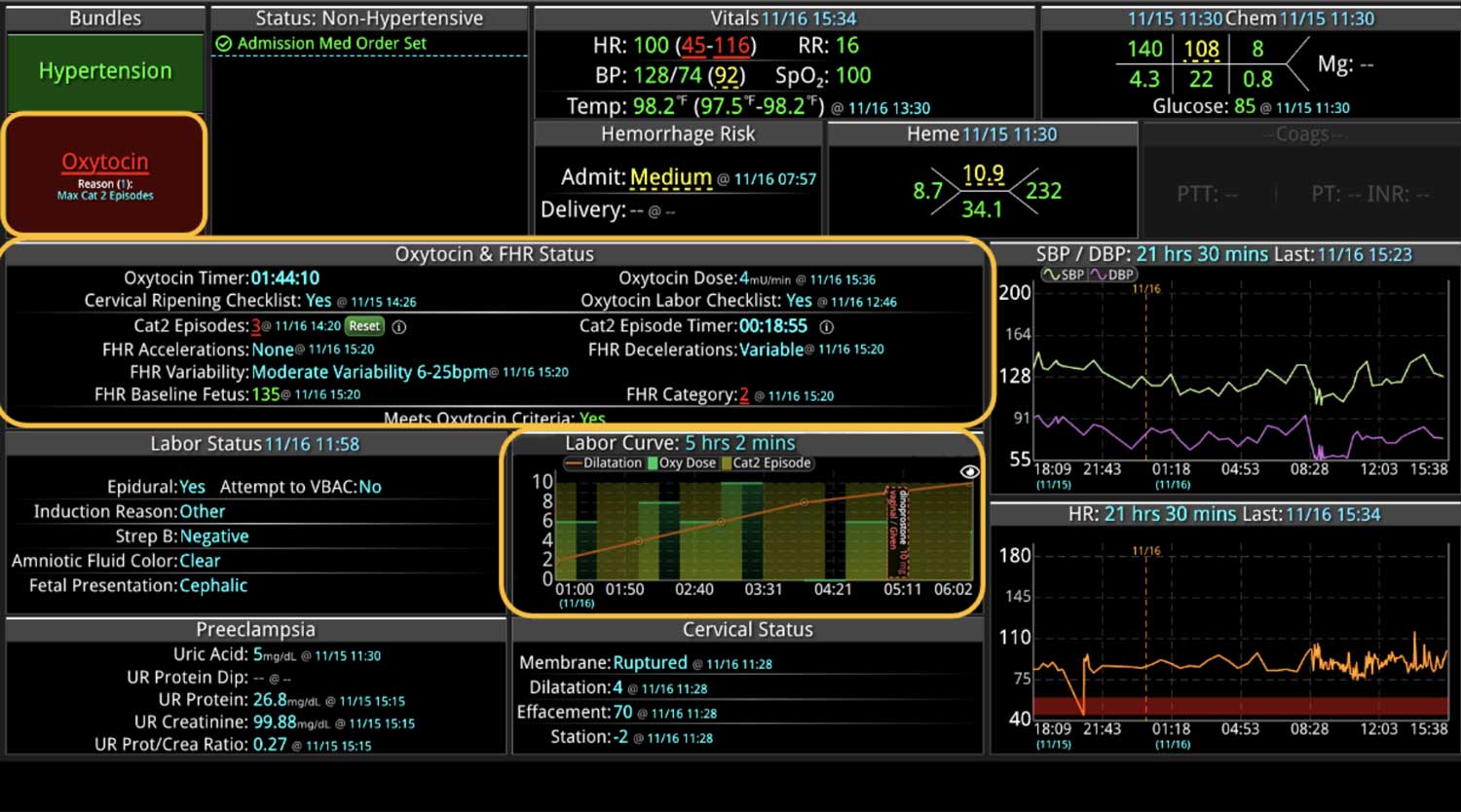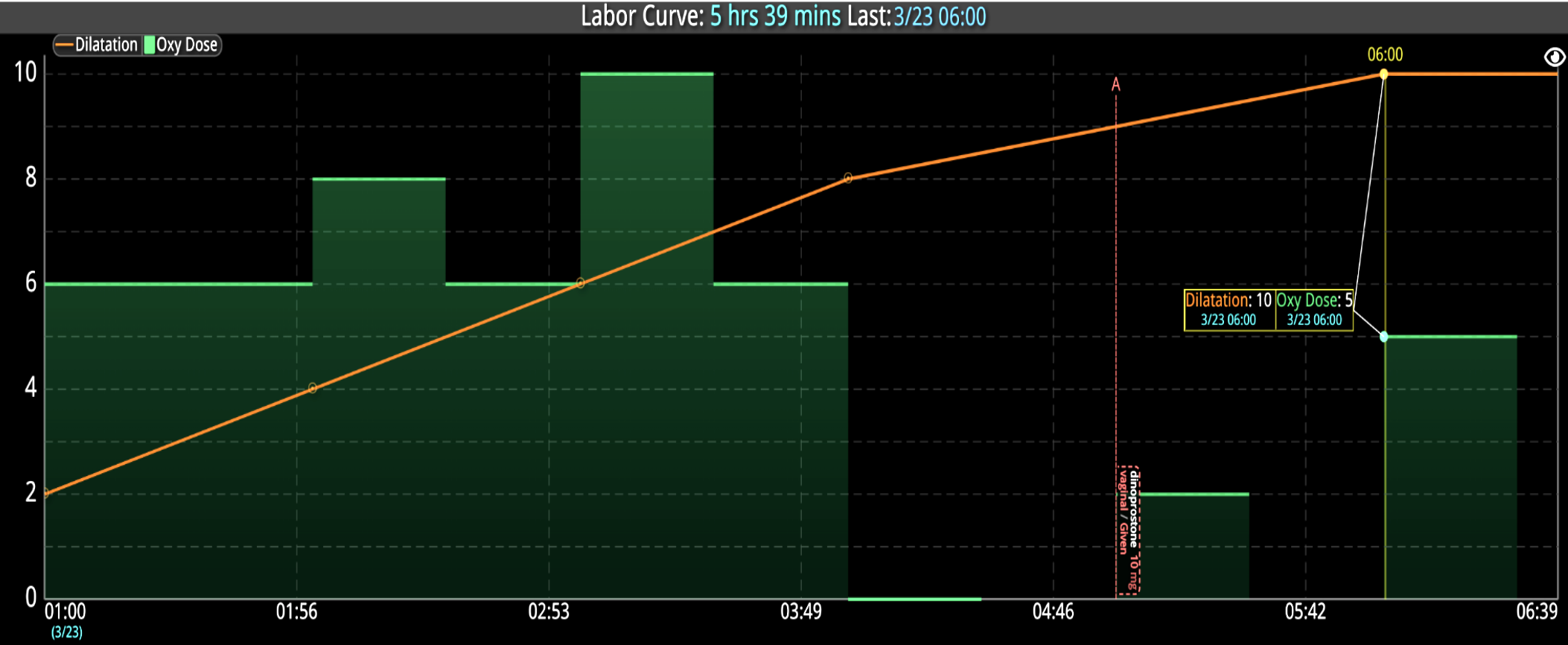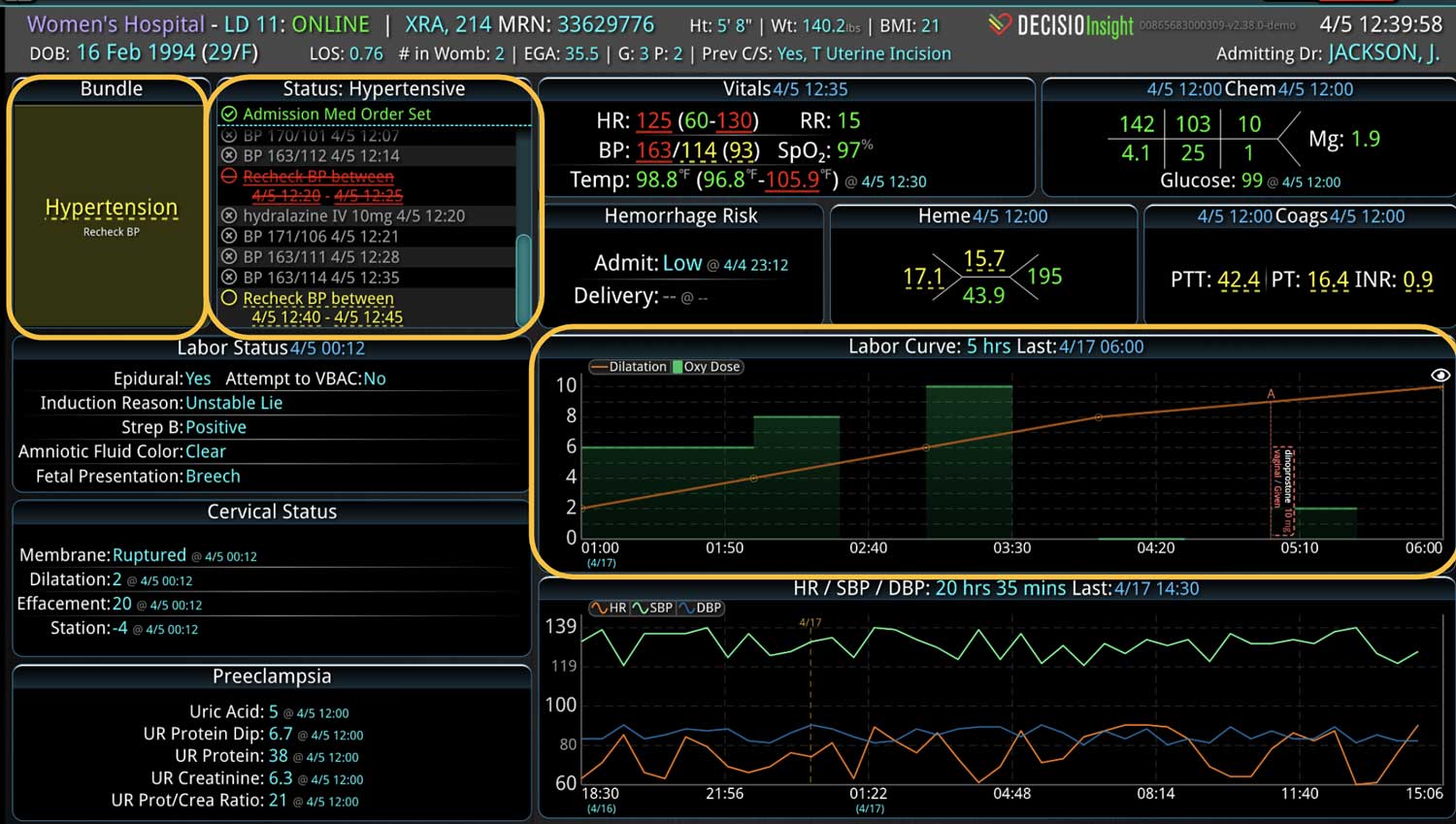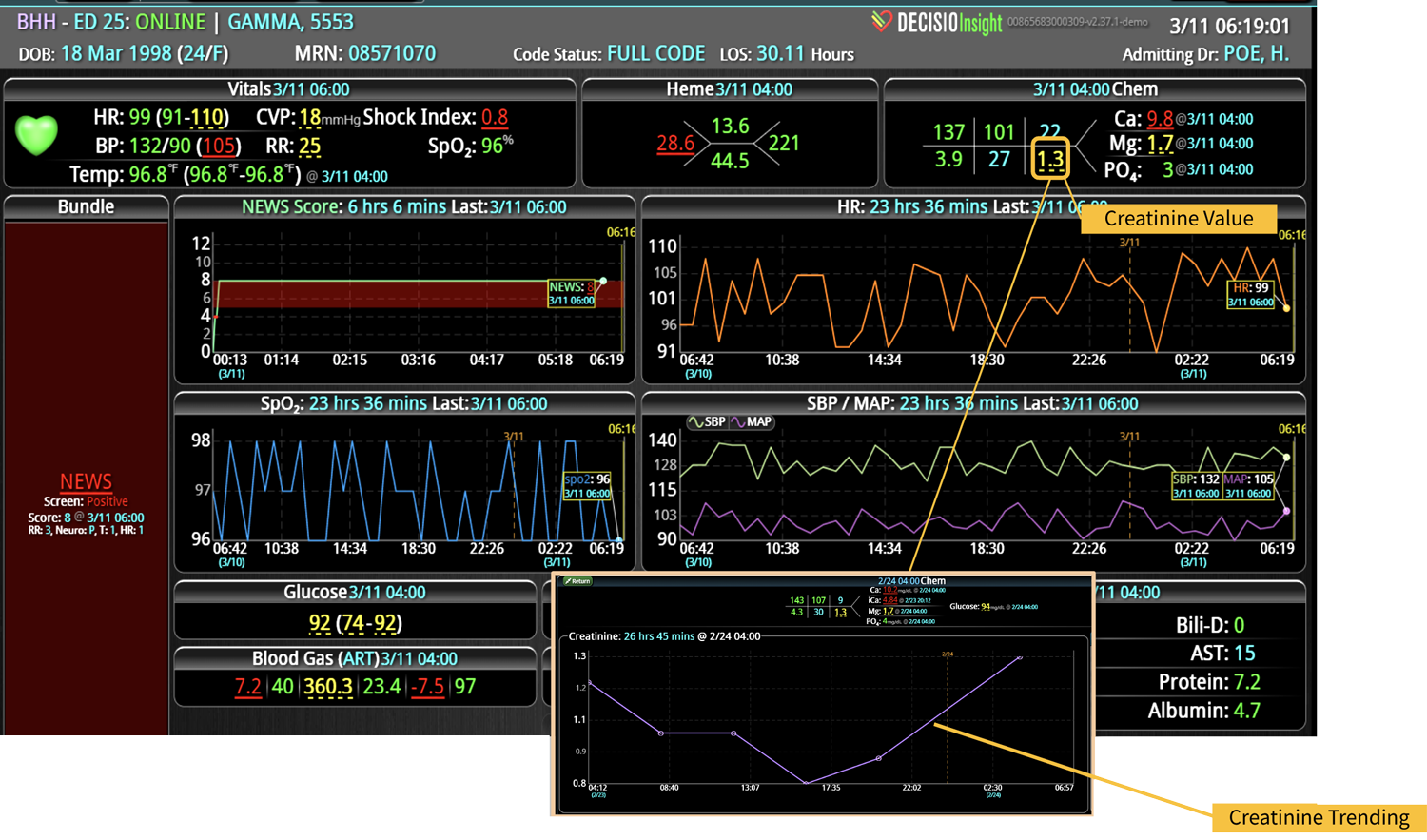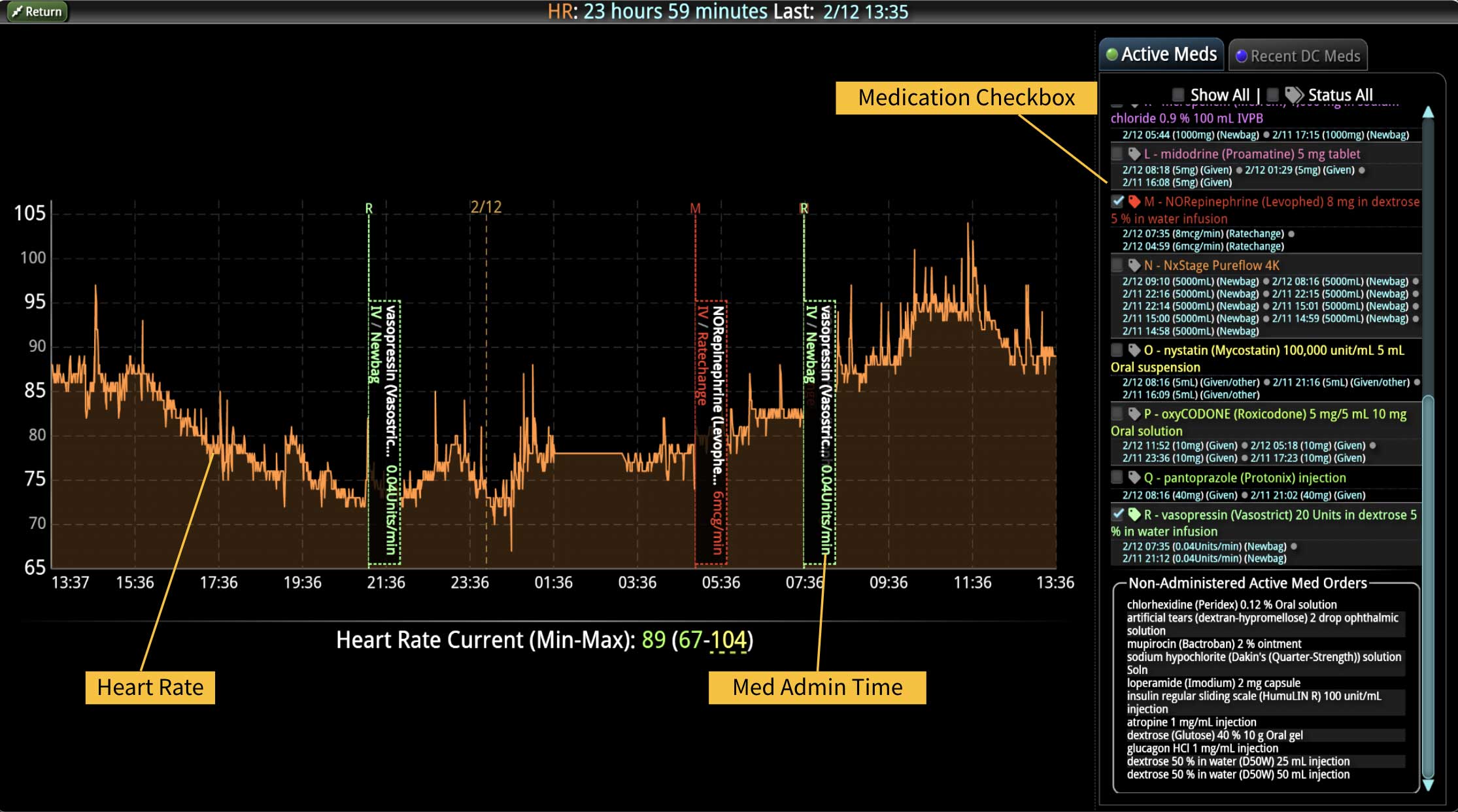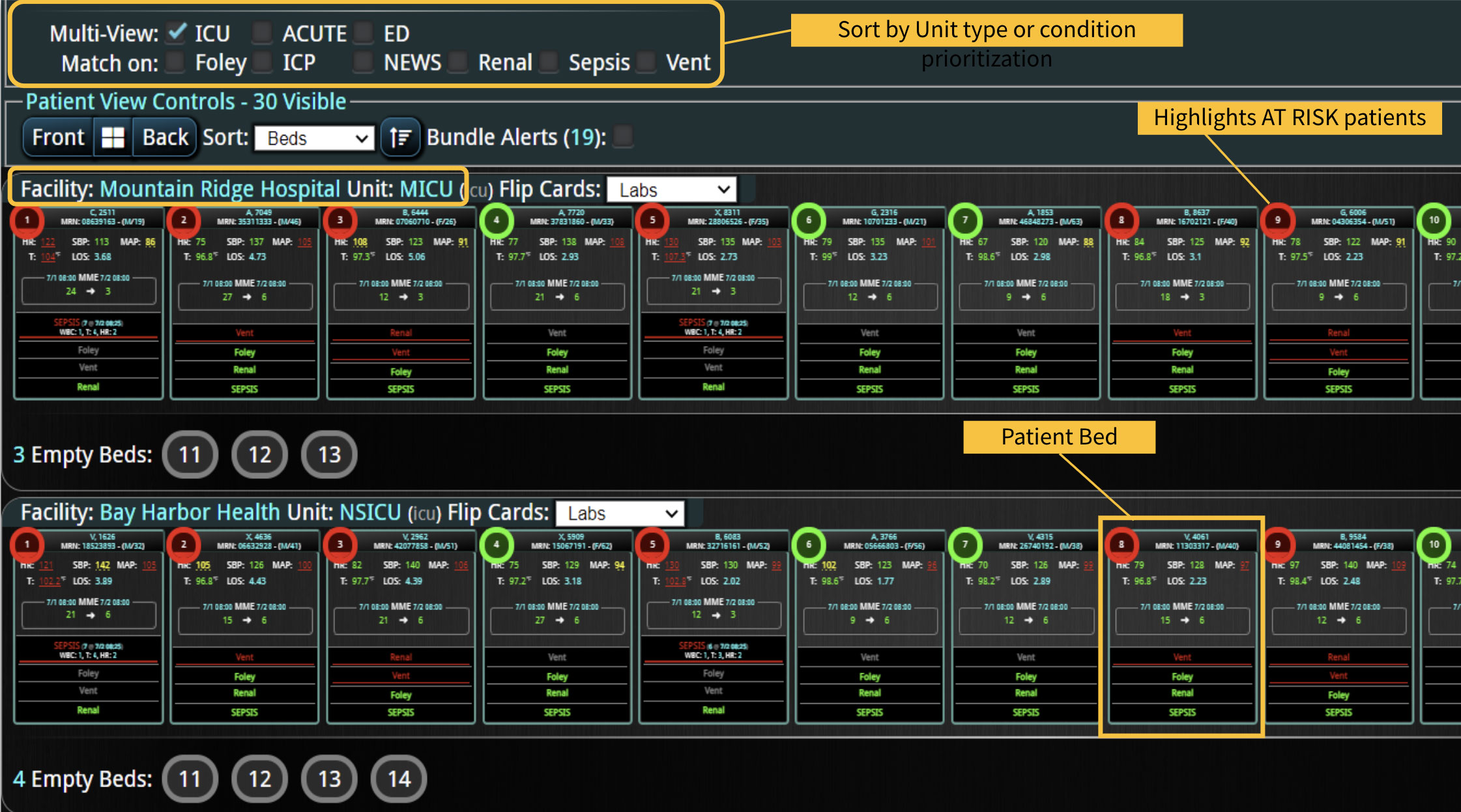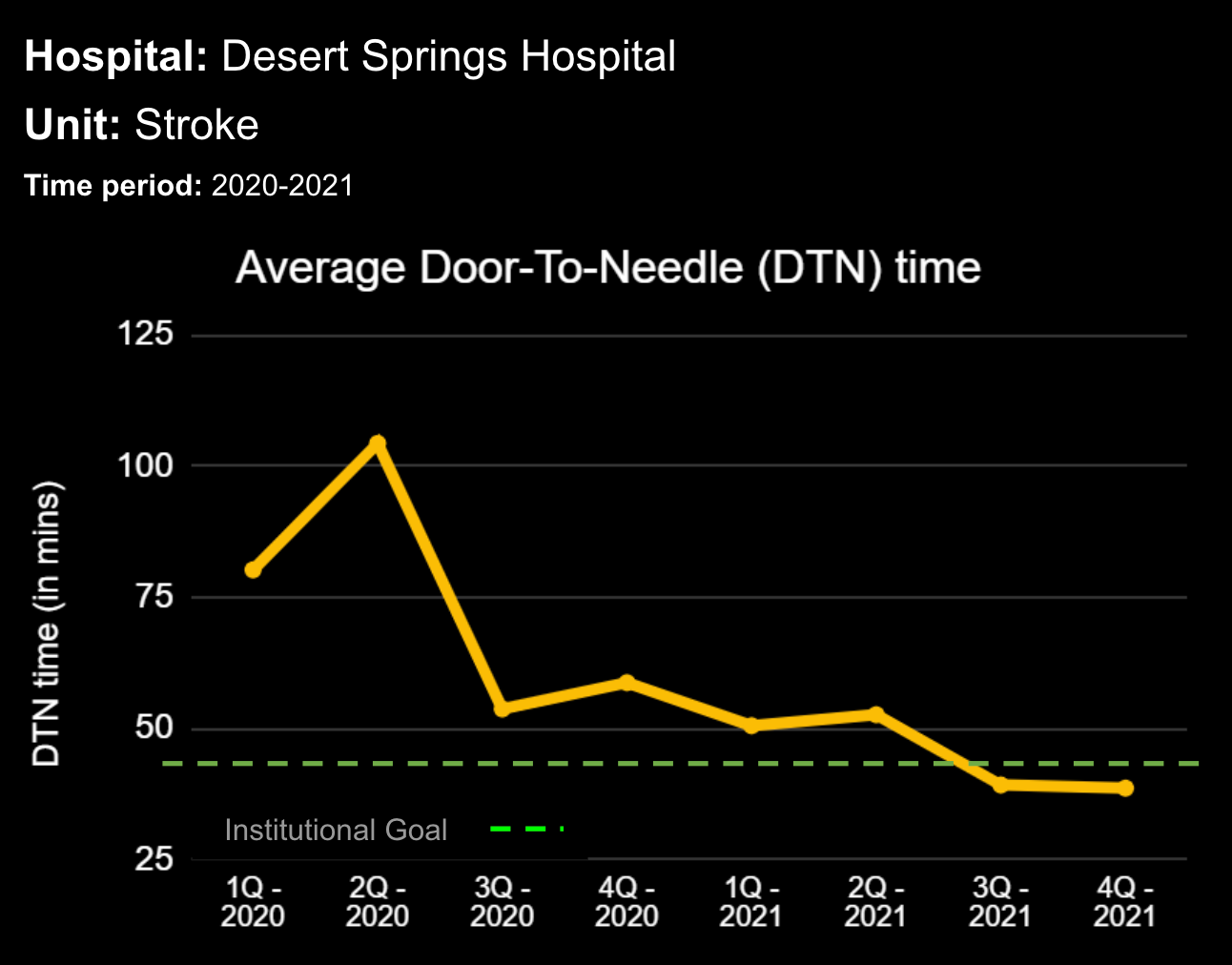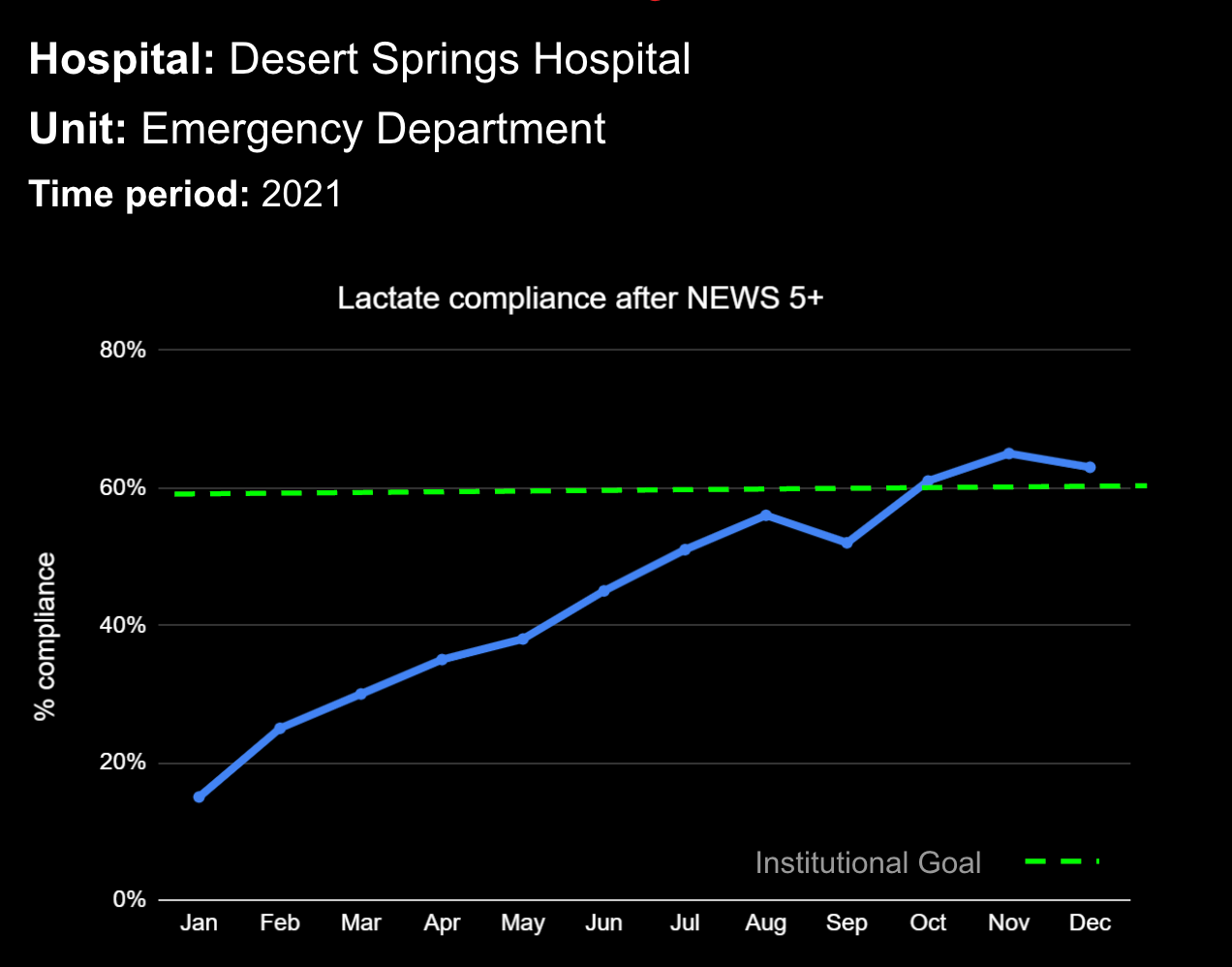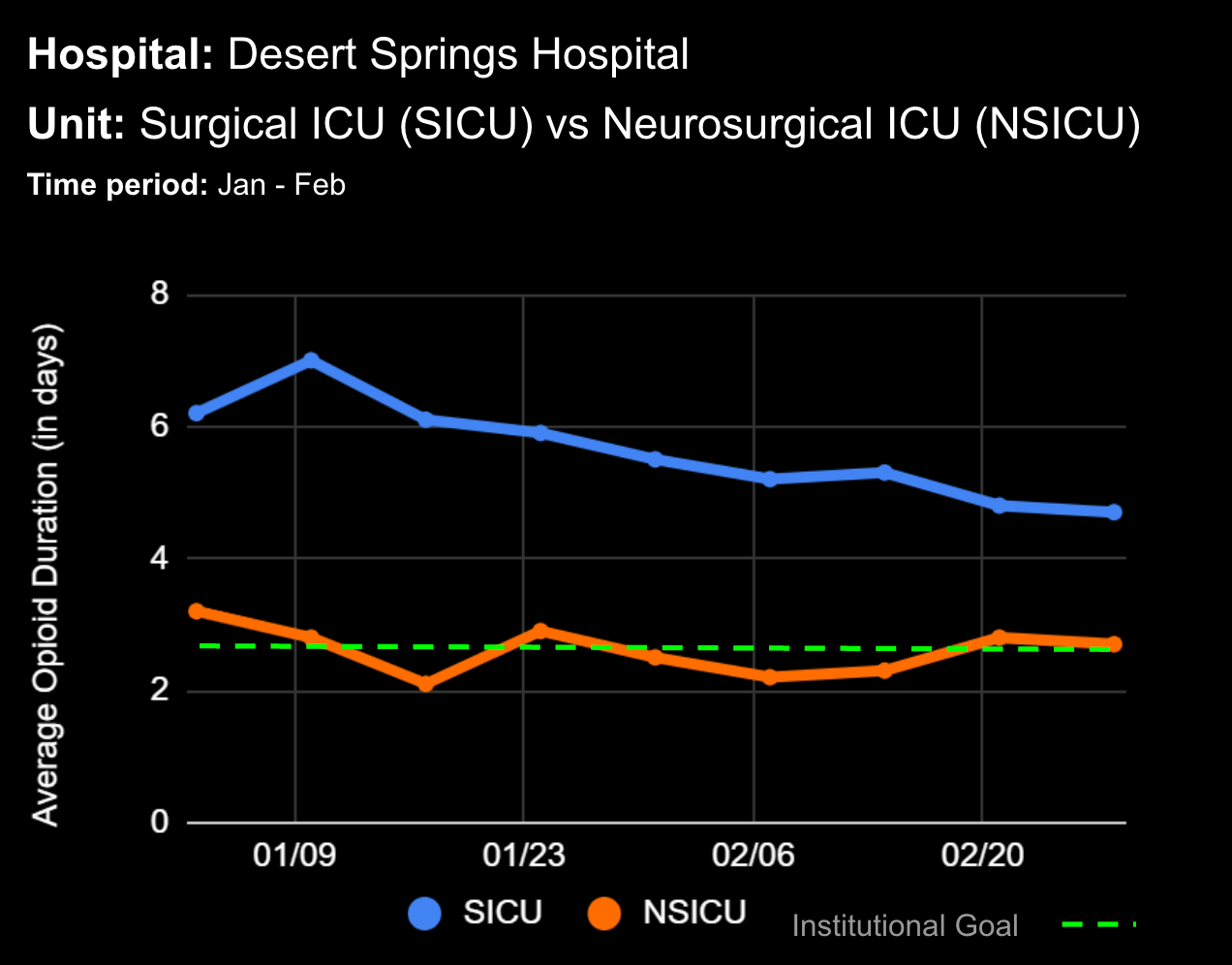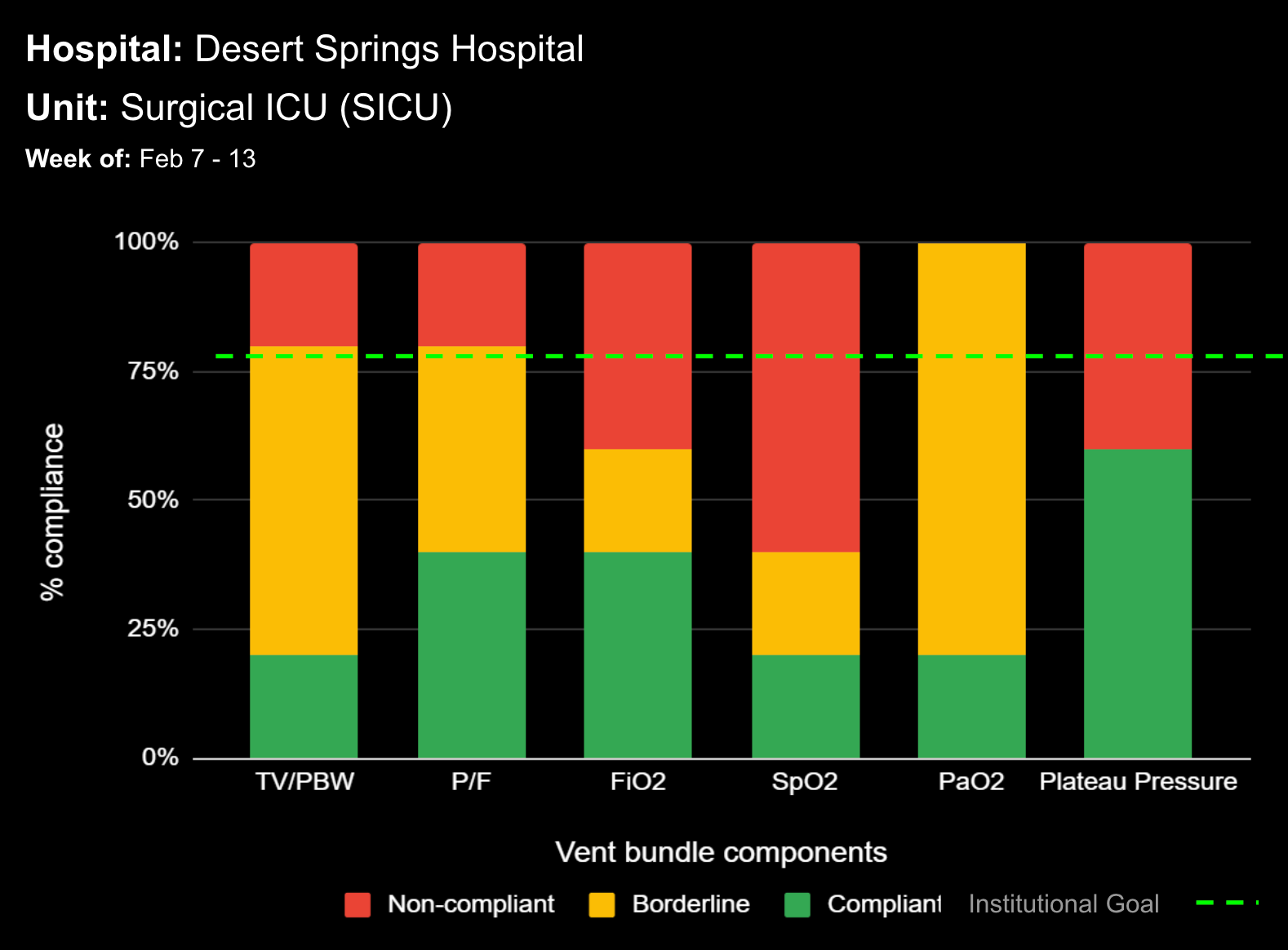
15 Apr Optimal Oxygen Targets in Mechanically Ventilated Patients

Optimal Oxygen Targets in Mechanically Ventilated Patients
The optimal oxygenation targets for mechanically ventilated patients remain a subject of debate, with conflicting evidence from the literature. However, a general consensus is emerging that hyperoxia, or excessively high oxygen levels, should be avoided.
The definition of hyperoxia varies across studies, but the evidence suggests that prolonged exposure to PaO2 (partial pressure of oxygen in arterial blood) levels above 200 mmHg is associated with increased mortality (1,2,3). This underscores the importance of carefully titrating oxygen therapy to avoid potential harm. The literature is divided on the use and targets of oxygenation strategies, which are broadly categorized as either “liberal” or “conservative”. Meta-analyses have shown that liberal oxygenation strategies, where the target median SpO2 (peripheral oxygen saturation) was 96%, are associated with a higher risk of mortality compared to more conservative approaches (4,5). However, other meta-analyses have not found a significant difference in mortality between liberal and conservative strategies (6,7,8). The conflicting findings may be attributed to the heterogeneity in study methodologies and the varying definitions of “liberal” and “conservative” oxygenation targets. Nevertheless, the consensus appears to favor a more conservative approach to oxygenation in mechanically ventilated patients.
The recommended strategy is to target the lowest fraction of inspired oxygen (FiO2) required to maintain an SpO2 between 90-96% . This approach aims to minimize the risks associated with hyperoxia, such as absorption atelectasis, accentuation of hypercapnia, and airway injury. However, it is important to note that SpO2 levels above 96% may still be necessary in certain clinical scenarios, such as carbon monoxide poisoning, cluster headaches, sickle cell disease, and pregnancy. For patients with chronic obstructive pulmonary disease (COPD), a target SpO2 of 88% is often recommended to avoid the potential for worsening hypercapnia.
In conclusion, while the optimal oxygenation targets for mechanically ventilated patients remain a subject of debate, the available evidence suggests that a conservative approach, targeting an SpO2 of 90-96%, is the preferred strategy to minimize the risks associated with hyperoxia. Clinicians should carefully titrate oxygen therapy and monitor patients closely to ensure the appropriate balance between adequate oxygenation and avoidance of potential harm.
Learn more About How we help clinicians improve patient outcomes
Schedule a call with our team to discuss how we are helping our clients revolutionize how clinicians manage patient interventions.





